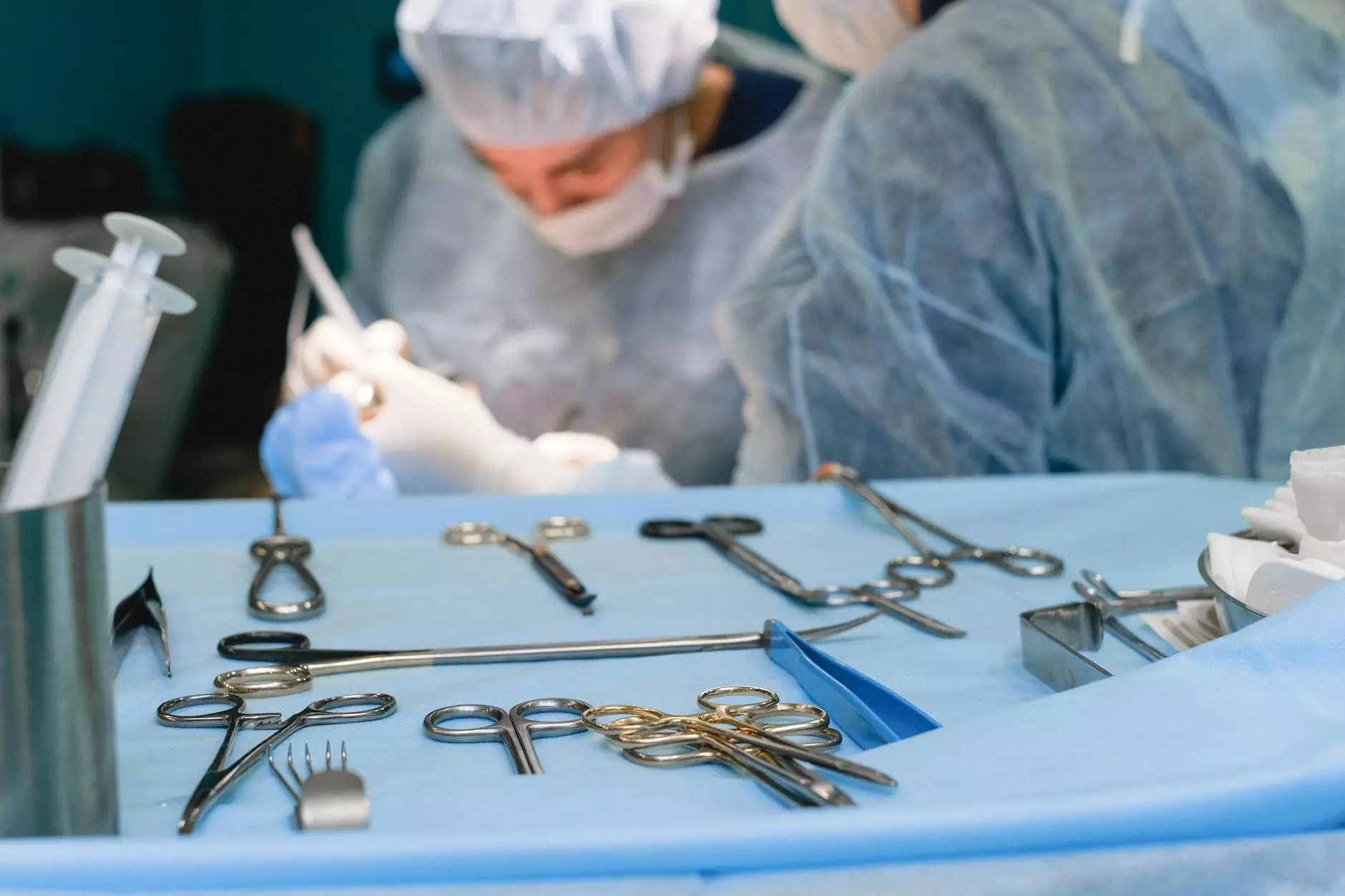The Importance of Surgical Retractors in Modern Medicine

Surgical retractors are an integral part of the surgical toolkit, playing a critical role in enhancing visibility and accessibility during surgical procedures. From general surgeries to specialized operations, these instruments are indispensable for surgeons and medical professionals, and understanding their various types and applications is essential for both practitioners and patients alike.
What are Surgical Retractors?
At their core, surgical retractors are instruments that hold back tissues, organs, and other structures during surgery, ensuring that the surgeon has a clear view and easy access to the area of interest. By maintaining space within the surgical site, retractors are crucial for conducting successful procedures, minimizing risk, and allowing for greater precision.
Types of Surgical Retractors
Surgical retractors come in various forms, tailored to meet different surgical needs. Below is a list of some common types of surgical retractors:
- Hand-held Retractors: These are manually operated by the assistant or the surgeon and include popular models such as the Richardson retractor and the Malley retractor.
- Self-retaining Retractors: These retractors hold themselves in place, offering the surgeon the ability to focus without needing assistance. Examples include the Balfour retractor and the Bookwalter retractor.
- Speculum Retractors: Commonly used in gynecological surgeries, speculums allow for easy access to the vaginal canal and are crucial for various examinations and procedures.
- Brain Retractors: Specifically designed for neurosurgery, these retractors are engineered to provide maximum visibility while minimizing brain tissue trauma.
The Role of Surgical Retractors in Different Surgical Disciplines
The use of surgical retractors spans across multiple surgical disciplines, each requiring specialized retractors tailored to particular needs. Below are some of the prominent fields where retractors are indispensable:
General Surgery
In general surgery, retractors are essential for establishing a stable surgical field. They help in performing procedures such as appendectomies and cholecystectomies, where access to the abdominal cavity must be maximized.
Orthopedic Surgery
During orthopedic surgeries, surgical retractors are crucial for exposing bones and joints. They assist in procedures like joint replacements and fracture repairs by allowing surgeons to navigate complex anatomical structures effectively.
Cardiothoracic Surgery
In cardiothoracic operations, retractors such as the sternal retractor provide necessary access to the heart and lungs, drastically improving visibility for intricate procedures like valve replacements and coronary artery bypass grafting (CABG).
Neurosurgery
Within the field of neurosurgery, retractors are specialized to minimize damage to sensitive neural tissues. Devices like the scalpel retractor and non-traumatic brain retractors play pivotal roles in brain surgeries.
Benefits of Using Surgical Retractors
The incorporation of surgical retractors in surgical procedures offers numerous benefits that contribute to improved surgical outcomes:
- Enhanced Visibility: By holding back tissues, retractors afford surgeons a clear and unobstructed view of the operating site.
- Improved Accessibility: Retractors allow surgeons to reach difficult areas situated deep within the body, facilitating complex procedures.
- Reduced Blood Loss: Proper tissue retraction can minimize blood vessel trauma, thereby reducing overall blood loss during surgery.
- Increased Efficiency: With retractors in place, the surgical team can work more efficiently, whether it’s through less time spent holding instruments or improved access to critical areas.
Considerations When Choosing Surgical Retractors
When selecting surgical retractors, various factors must be considered to ensure the best fit for specific surgical scenarios. Here are some key considerations:
Material Composition
Most surgical retractors are made of stainless steel for durability and can be sterilized for repeated use. However, some may also be made of lightweight materials for easier handling.
Size and Shape
The size and shape of the retractor must match the anatomical requirements of the procedure. Surgeons often need a range of sizes to effectively manage different surgeries.
Ergonomics
Choosing ergonomically designed retractors can significantly reduce fatigue for surgical assistants, allowing them to maintain a steady position for longer periods.
The Future of Surgical Retractors: Innovations and Technology
The field of surgical instruments, including surgical retractors, is witnessing rapid advancements. Innovative technologies are driving enhancements in design and functionality, leading to:
- Smart Retractors: Future retractors may utilize sensors to provide real-time feedback on tissue pressure and positioning, allowing for more precise control during surgery.
- 3D-Printed Instruments: Custom 3D-printed retractors tailored to the specific anatomical needs of patients are becoming a reality, providing unique solutions for complex cases.
- Lightweight Materials: Ongoing research into new materials promises to produce retractors that are not only durable but also lighter, improving usability and reducing fatigue during long procedures.
Conclusion
In conclusion, surgical retractors are more than just tools; they are essential allies in the operating room that contribute to successful surgical outcomes. As technology continues to evolve, so too will the capabilities and effectiveness of these instruments, further enhancing their role in healthcare. For medical professionals seeking high-quality, reliable instruments, exploring categories like Health & Medical, Health Markets, and Medical Supplies at new-medinstruments.com provides an array of surgical options that cater to diverse surgical needs.









